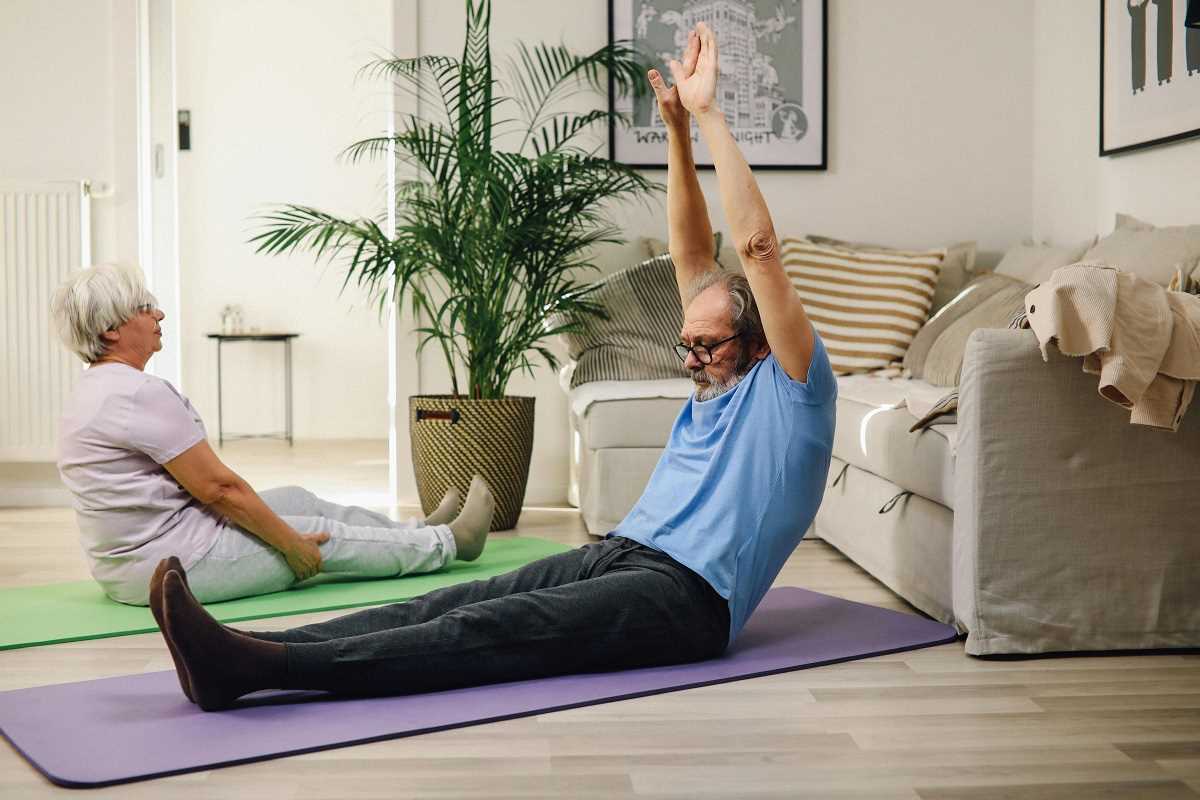Joint pain can significantly affect your daily life, making even simple movements difficult. Yet, staying active is vital for maintaining joint health, improving flexibility, and reducing discomfort over time. For beginners with joint pain, low-impact exercises are an excellent choice—they minimize stress on your joints while strengthening muscles, improving mobility, and promoting overall well-being. This article explores several beginner-friendly, joint-conscious workouts, modifications for different levels of pain, and essential tips to help you exercise safely.
Low-Impact Exercises for Joint Health
Low-impact exercises are gentle on your body but highly effective. Unlike high-impact activities such as running, these movements reduce jarring or pounding forces on your joints, protecting them from further wear and tear. Regular low-impact workouts can help ease stiff joints, improve range of motion, and build muscle strength to better support your body. Additionally, physical activity increases blood flow, which delivers essential nutrients to your cartilage and joints, helping to slow or prevent degradation. For those dealing with conditions such as arthritis or chronic pain, consistent low-impact exercise can also relieve inflammation and boost energy levels.
These exercises are not only gentle but also highly adaptable, making them suitable for beginners with varying levels of joint pain and fitness:
1. Swimming
Swimming is one of the best low-impact workouts for joint pain relief. The buoyancy of the water supports the majority of your body weight, reducing strain on your joints while allowing you to move freely. This makes swimming ideal for those dealing with arthritis, knee pain, or hip discomfort.
Beginner Tip: Start slow. Use simple strokes like the freestyle or backstroke and swim short distances, gradually increasing the time over weeks.
Adaptations: If swimming feels too intense, consider water aerobics or walking laps in the pool. The resistance from the water helps build strength without stressing your body.
2. Cycling
Cycling, particularly on a stationary bike, provides an effective cardiovascular workout while allowing you to control the intensity. It’s great for strengthening the muscles around your knees and hips, which helps reduce joint strain during daily activities.
Beginner Tip: Set the stationary bike to a low resistance level and maintain a smooth, steady pace. Keep sessions short at first, around 10-15 minutes, then add more time as your endurance grows.
Adaptations: For individuals with severe knee or hip pain, focus on cycling with minimal resistance. Recumbent stationary bikes, which position you in a reclined posture, provide added back support and reduce pressure on your joints.
3. Yoga
Yoga improves flexibility, balance, and muscle strength while promoting mindfulness and relaxation. Its slow, controlled movements are ideal for individuals with joint pain. Many beginner yoga poses can be modified to ensure comfort and safety.
Beginner Tip: Stick to beginner-friendly practices like Hatha or restorative yoga. Focus on gentle stretches and poses, such as Child’s Pose or Cat-Cow. Use a yoga mat or block for additional support during some movements.
Adaptations: If you have limited mobility, consider chair yoga. You’ll perform modified poses while seated or using the chair for support, reducing strain on your joints.
4. Tai Chi
Tai Chi is a traditional Chinese practice that combines slow, flowing movements with deep breathing. It’s often called “meditation in motion” and has been shown to improve joint flexibility, balance, and mental focus. Unlike other exercises, its low-impact nature ensures minimal exertion on stiff or achy joints.
Beginner Tip: Look for beginner Tai Chi classes or video tutorials that focus on basic movements. Perform exercises at your own pace, focusing on your breath and using smooth transitions between poses.
Adaptations: Many Tai Chi movements can be practiced seated if standing causes discomfort. Use a sturdy chair for balance if necessary.
How to Start a Low-Impact Routine Safely
Before you jump into any exercise routine, taking a few precautions can make all the difference in reducing injury risk and maximizing benefits.
- Warm-Up: Warming up before exercise helps loosen stiff muscles and prepares your joints for movement. Spend 5-10 minutes performing simple stretches, walking, or doing light movements. (For example: Arm circles, Gentle neck stretches, Slow-paced walking in place)
- Cool Down: After your workout, take another 5-10 minutes to cool down. This can include seated stretches for your legs and back or deep breathing exercises to relax your muscles and reduce stiffness.
- Listen to Your Body: Your body knows best. If an exercise causes sharp or lasting pain, stop immediately. Some discomfort during movement, especially if you're new to exercising, is normal, but it should not worsen. Modify exercises or reduce intensity based on how you're feeling.
- Start Slow: Avoid overdoing it in the beginning. Start with short sessions and low intensity, gradually increasing length and difficulty as you build strength and endurance.
- Focus on Consistency: Consistency matters more than intensity or duration. Aim for 3-5 short sessions a week rather than long, infrequent workouts. Regular activity will yield the best results for mobility and joint health.
- Consult Your Doctor: Before beginning any new exercise routine, consult with your healthcare provider—especially if you have chronic joint pain, arthritis, or any pre-existing conditions. They can help tailor a plan that suits your specific needs and limitations.
Tips for Staying Motivated
Exercise with a friend or join a class to make your routine more enjoyable.
Set small, achievable goals to measure your progress. For example, aim to walk 5 more minutes per week.
Take advantage of tools like fitness trackers to monitor your activity and celebrate milestones.
Include variety in your routine by alternating between swimming, cycling, or yoga to prevent boredom.
Low-impact exercise routines are life-changing for beginners with joint pain. Activities like swimming, cycling, yoga, and Tai Chi offer gentle but effective ways to build strength, improve flexibility, and reduce stiffness. By starting slowly, adapting movements to suit your body, and staying consistent, you can make exercise a sustainable part of your routine. With patience and care, you’ll enjoy increased mobility and joint health—and feel a whole lot stronger in the process.
 (Image via
(Image via





